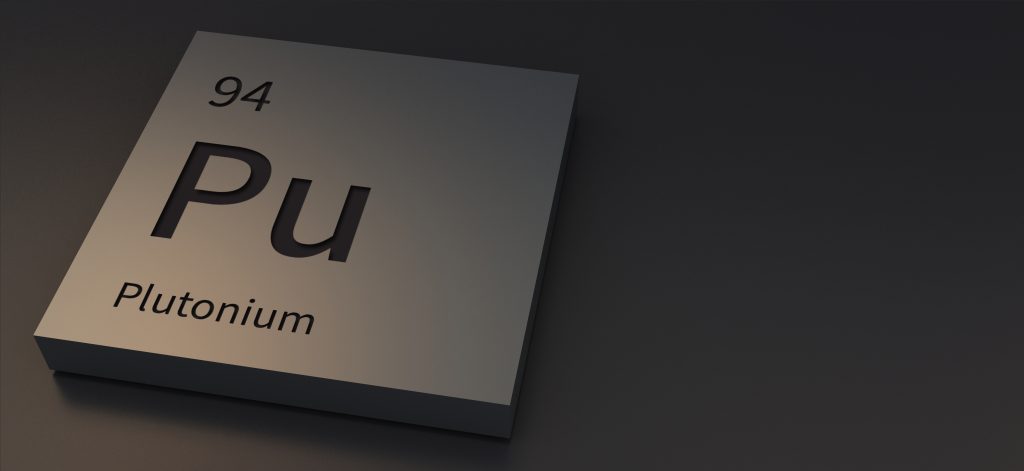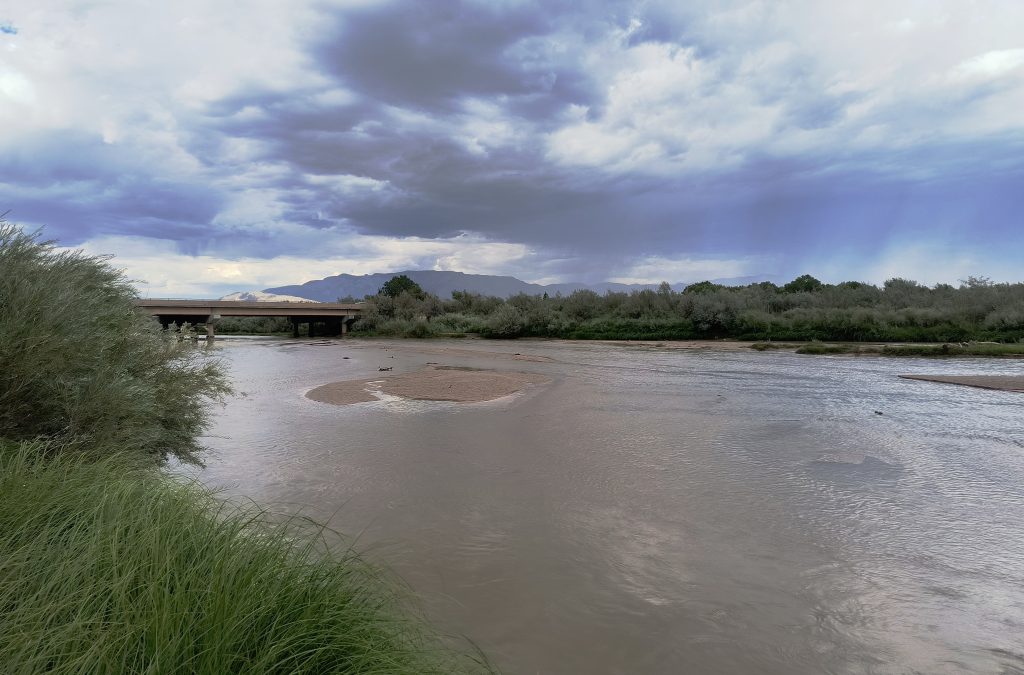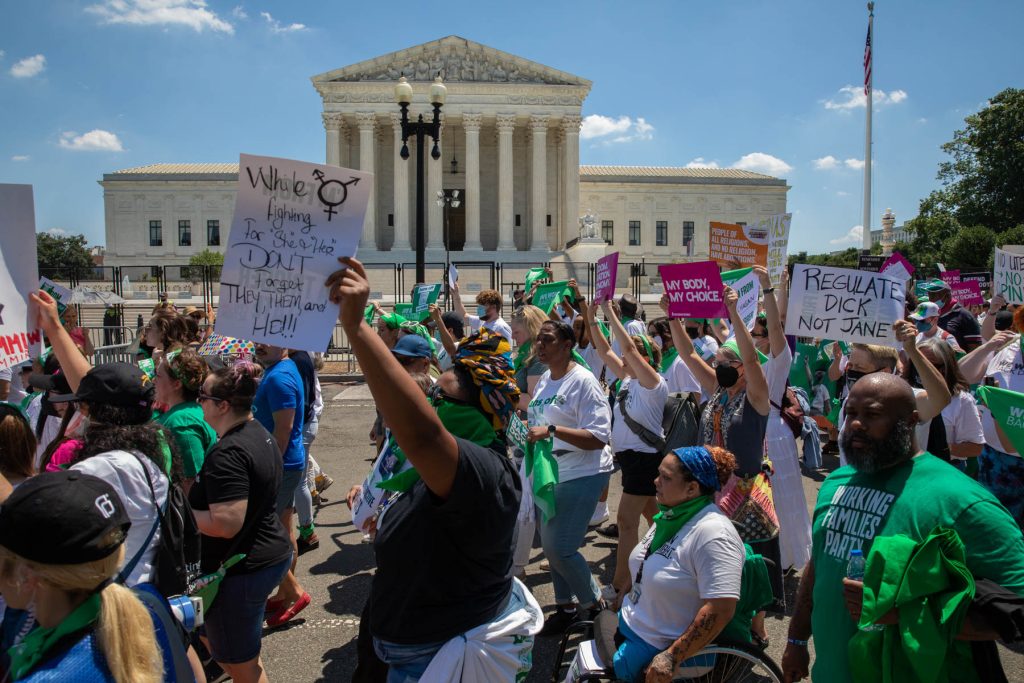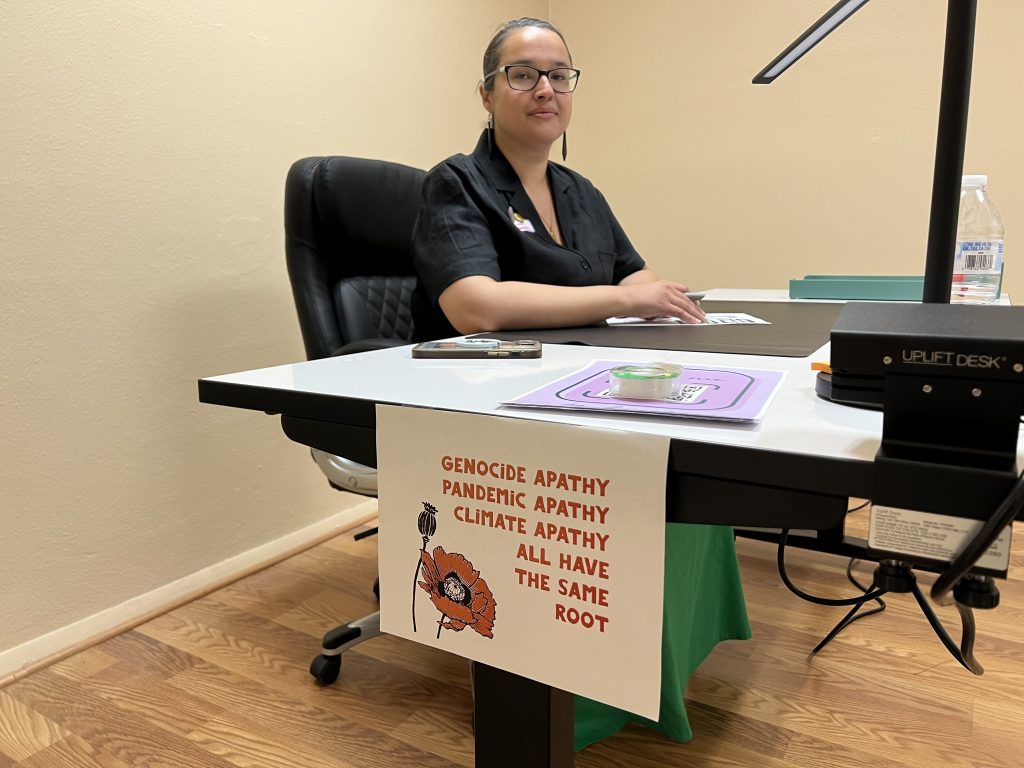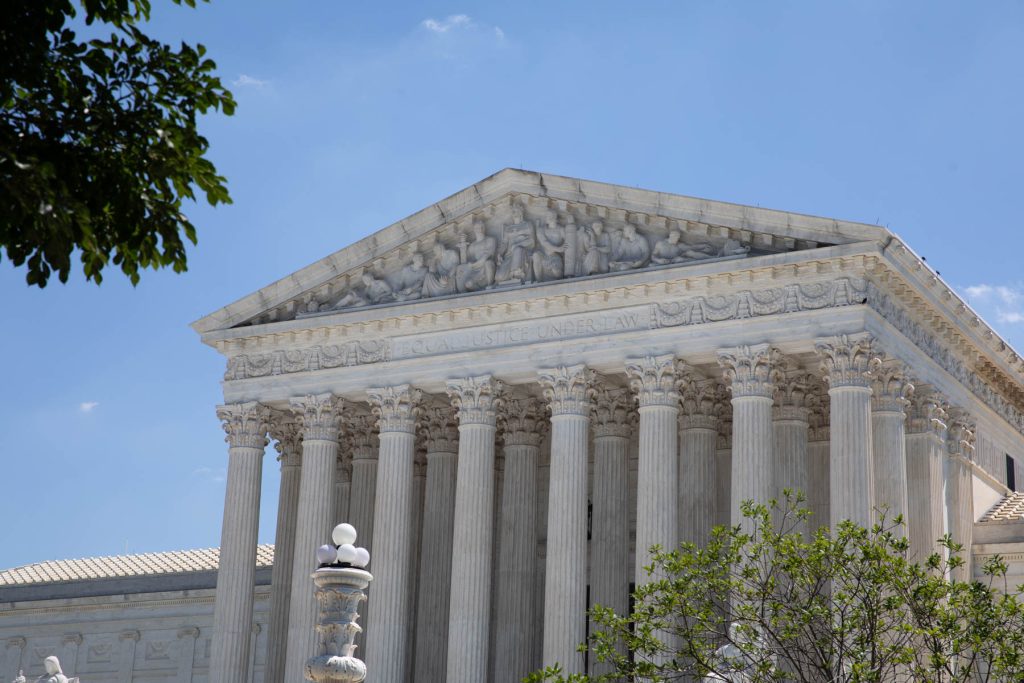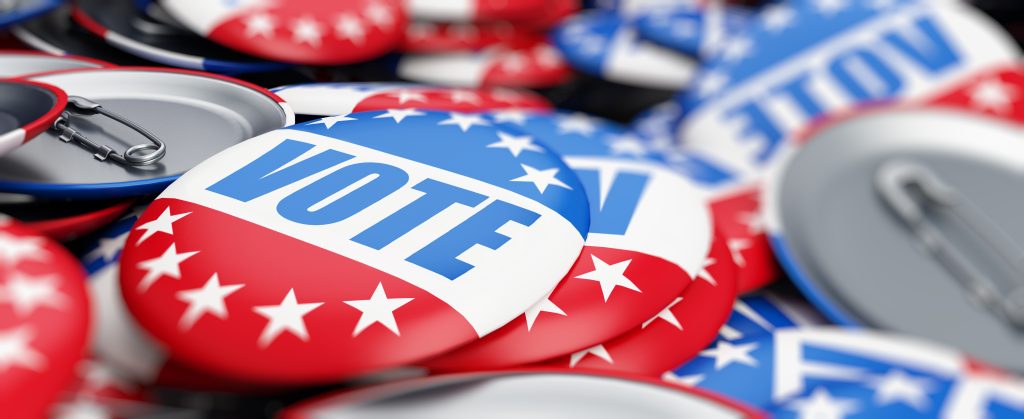As COVID-19 causes crisis and panic across the nation, one Diné (Navajo) mom reflects on how the virus adds stress to an already impoverished people.
Jana Pfeiffer, who lives in Albuquerque with her family, has been able to stock up on extra food during this time of crisis. Because she’s a state employee, she can also work from home while her two kids are out of school for the next three weeks.
But back on the Navajo Nation, Pfeiffer’s extended family are in a much more tenuous situation.
“I think I just feel the magnitude of this problem. I come from a very impoverished family,” Pfeiffer said.
Pfeiffer said her family members who care for her grandparents on the reservation don’t have the income to go out and buy an extra grocery cart of food.
“I’m wondering how did my grandparents get extra food,” Pfeiffer said.
Officials at all levels of government are encouraging people to stay at home as much as possible. There is no known cure and no vaccination to stop the spread of COVID-19, a type of coronavirus. As of Monday afternoon, the state reported 17 cases of COVID-19 in the state.
“It’s my responsibility as the oldest to help my family with finances,” Pfeiffer told NM Political Report Friday.
Pfeiffer said her mom, who is a nurse, has also had to take on additional stress as the extended family needs financial help from her, too.
Pfeiffer said that in the Navajo Nation, the Navajo already live in a food desert. There are only 13 full-time grocery stores for a nation that is as big as Massachusetts, Vermont and New Hampshire combined and covers land in New Mexico, Arizona and Utah. According to a data profile compiled by Navajo agencies, 156,823 Navajo live on the reservation as of the latest census information gathered in 2010.
The Navajo have established a command center for the Navajo Nation COVID-19 Preparedness Team. It is located at the Navajo Nation Department of Health building in Window Rock, Arizona. For Navajo who have questions about the virus, a hotline number is 928-871-7014.
Jonathan Nez, president of the Navajo Nation, asked Congress to help by providing funding for medical supplies and test kits. Nez also allocated $100,000 to the Navajo Department of Emergency Management. Last week, the U.S. House of Representatives passed an emergency relief package that allocates $64 million for Indian Health Service for coronavirus care for the 2.5 million Indigenous people across the U.S., according to the NBC News. Next, it goes to the Senate.
But it falls short of the $94 million the National Council of Urban Indian Health asked for as a minimum to live up to the nation’s trust responsibilities according to a news release.
Data shows Indigenous people are disproportionately affected by infectious diseases when compared to the rest of the U.S. population, according to the National Council of Urban Indian Health.
Pfeiffer said her 13-year-old son, Elliot, has asthma, food allergies and obesity.
“Many of our Indian children have the exact same underlying conditions. Respiratory illnesses run deep in tribal communities,” Pfeiffer said.
Indigenous adolescents are 30 percent more likely to be obese and 60 percent more likely to have asthma than non-Hispanic white youth, according to the U.S. Department of Health and Human Services Office of Minority Health. Because people of color suffer systemic racism, health outcomes even in families who live above the poverty level are generally worse than for white families at the same income level, say reproductive justice advocates.
While, in general, older people appear to be at higher risk than the young for COVID-19, people with underlying conditions are also at higher risk, according to the Centers for Disease Control and Prevention.
Pfeiffer is using the COVID-19 as a teaching moment with her son, encouraging him to eat healthier. She said he is helping with the cooking and ate eggplant last week for the first time.
“Before he would never eat that,” Pfeiffer said.
She said that while she and her children are home during the three week school closure, she has planned some gardening, outdoor workouts and violin practice for her daughter and compound bow and arrow practice for her son. She will also keep them busy with free online learning websites, journaling and she’s giving them a wall to put their art work on.
Pfeiffer said many on the reservation, including her own family members, have young people helping to care for the elders. She worried that with schools just now closing, children caring for grandparents could unwittingly act as carriers of the disease to those over the age of 60, who are at higher risk.
“Our elders are our wisdom holders; they’re our last connection with the generation before them,” Pfeiffer said.
Senator Tom Udall sent a letter to Vice President Mike Pence earlier this month asking that the administration include a representative from Indian Health Service on the administration’s COVID-19 Task Force.
“Our kids will always remember this,” Pfeiffer said. “The way we respond as a family, a community and a nation is important.”




